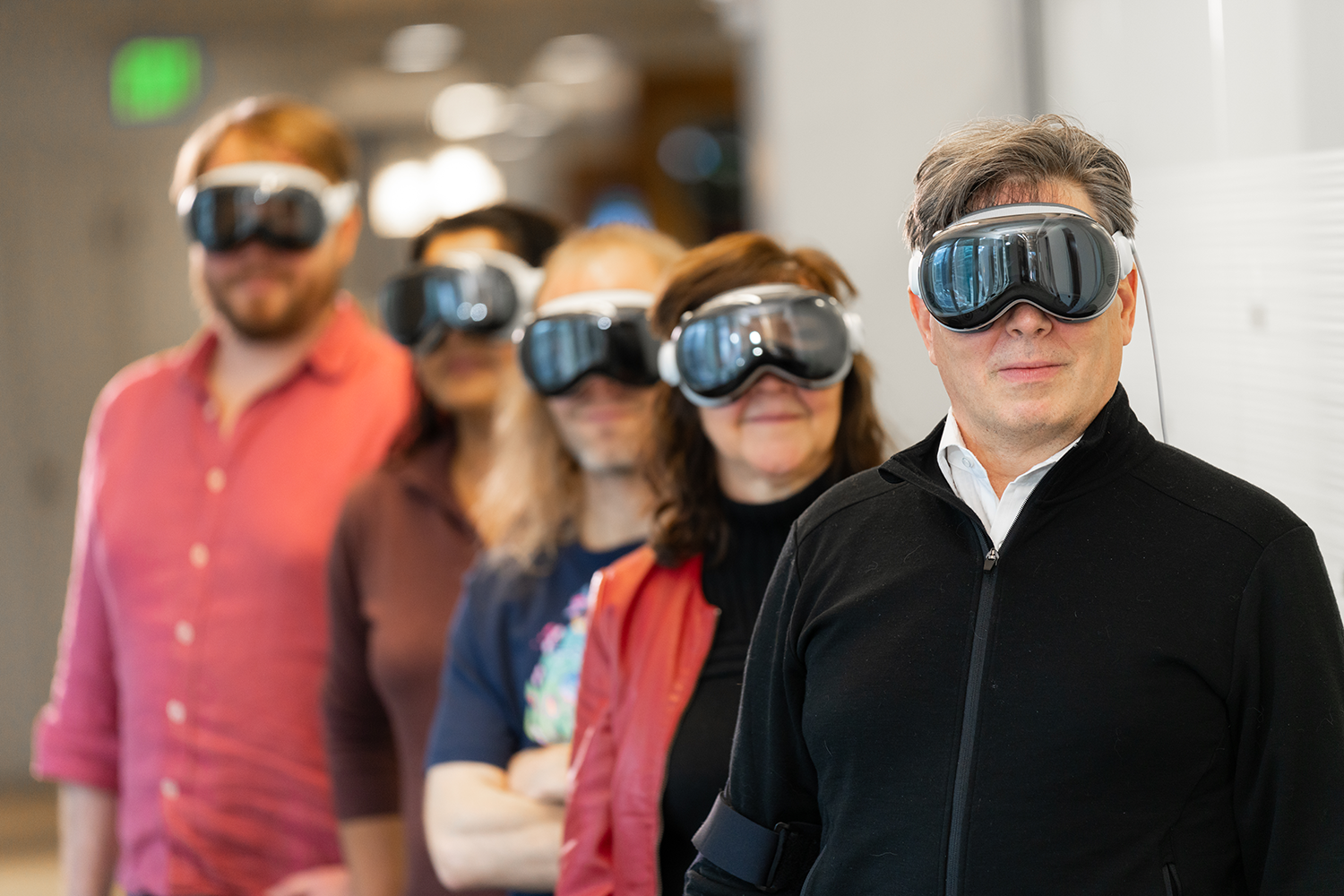BCG: Spatial Computing, Pittsburgh-Style
By Dutch MacDonald, Kristi Woolsey, Mark Lotter, and Lily Crawford
 In the last three years, headset technology has progressed dramatically, with businesses finding value in training, repair and innovation use cases. We are now at a tipping point. The buzz surrounding extended reality (XR) and three-dimensional experiences has been steadily building to the recent boom of marquee hardware launches, weighty investments from industry giants, and strategic partnerships across industries including entertainment, automotive and many more. The next era of experiencing our world differently is no longer quickly approaching. It is here, it is now, and businesses are faced with more opportunity than ever to continue generating new sources of value.
In the last three years, headset technology has progressed dramatically, with businesses finding value in training, repair and innovation use cases. We are now at a tipping point. The buzz surrounding extended reality (XR) and three-dimensional experiences has been steadily building to the recent boom of marquee hardware launches, weighty investments from industry giants, and strategic partnerships across industries including entertainment, automotive and many more. The next era of experiencing our world differently is no longer quickly approaching. It is here, it is now, and businesses are faced with more opportunity than ever to continue generating new sources of value.
Headsets enhance our interaction with the physical world through various technologies:
• Data from IoT sensors and cameras provide contextual insights, overlaying necessary information precisely when and where it is needed.
• (Gen) AI leverages existing data to bring insights into view or to create new options for consideration in real-time.
• Robotics blend physical and digital functionalities to simulate advancements in design and to gather user-testing data.
Considering the breadth and depth of Pittsburgh’s tech strength, it is no surprise that our community already has a significant foothold in the world of Spatial Computing. This term encompasses the combination of technologies that enrich and provide value in both our physical and digital worlds. This strength granted BCG Pittsburgh (formerly MAYA Design) early and unique access to new tools like the Apple Vision Pro, allowing us to deepen our understanding of the next wave of tech capabilities and their impact on users and businesses.
The BCG Spatial Studio has extensive experience working with a variety of headsets, including several models of the Meta Quest, Varjo, and Magic Leap 2 – to name a few. In the last few years, we have run immersion sessions with clients for uses spanning automotive innovation, retail technology, health care, insurance and government. Each of these sessions yielded deep and actionable insights into the potential of Spatial Computing to add value while identifying additional use cases ripe for experimentation.
Our analysis of hundreds of uses across a very broad set of industries suggests that the benefit of this new technology falls into five categories:
• Engage: Access and receive information in context from IoT, AI and GenAI, and other sources.
• Innovate: Advance the process of creating new products, experiences and scenarios through collaboration with AI and GenAI, using a more immersive and data-driven approach.
• Train: Learn and practice in virtual environments to develop muscle memory without the risk or cost associated with doing this in the physical world.
• Collaborate: Connect across great distances in virtual spaces.
• Entertain: Go, be, do and experience places, things and activities that previously fell out of reach.
 The question for Pittsburgh’s tech community is this: How can you leverage these categories to add value to your business or situation, and what does that look like? We encourage using these five categories to brainstorm customer experiences, service experiences, and internal experiences. This approach will help you devise small experiments to gauge the fit of this technology for your organization. Start small, create and measure value, and then grow your spatial computing capabilities.
The question for Pittsburgh’s tech community is this: How can you leverage these categories to add value to your business or situation, and what does that look like? We encourage using these five categories to brainstorm customer experiences, service experiences, and internal experiences. This approach will help you devise small experiments to gauge the fit of this technology for your organization. Start small, create and measure value, and then grow your spatial computing capabilities.